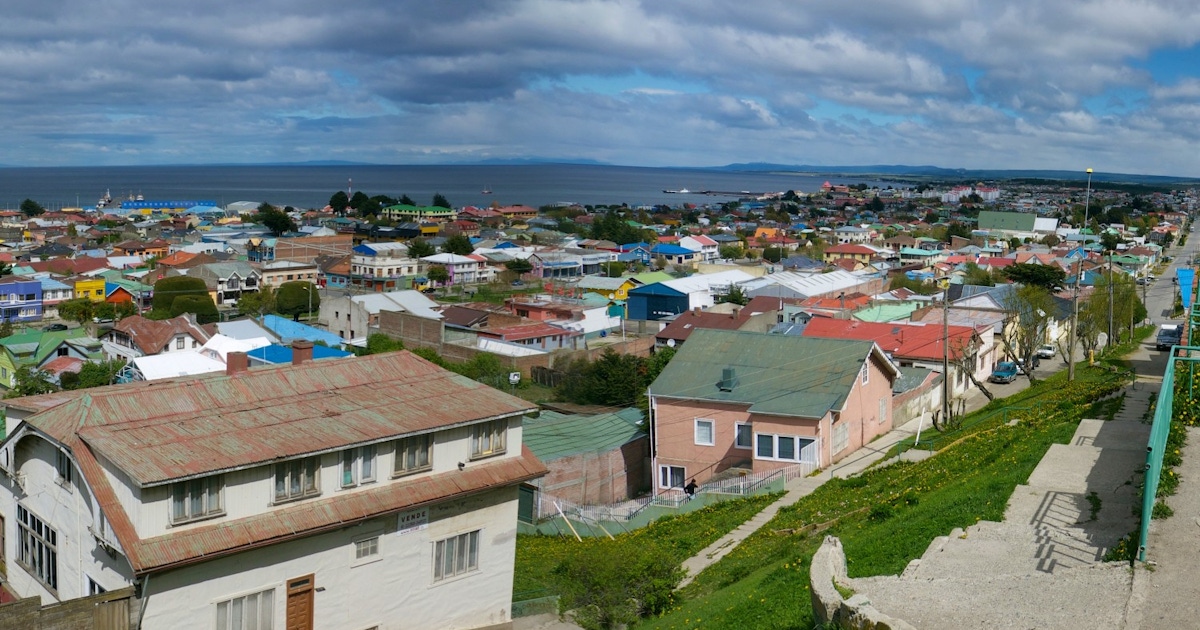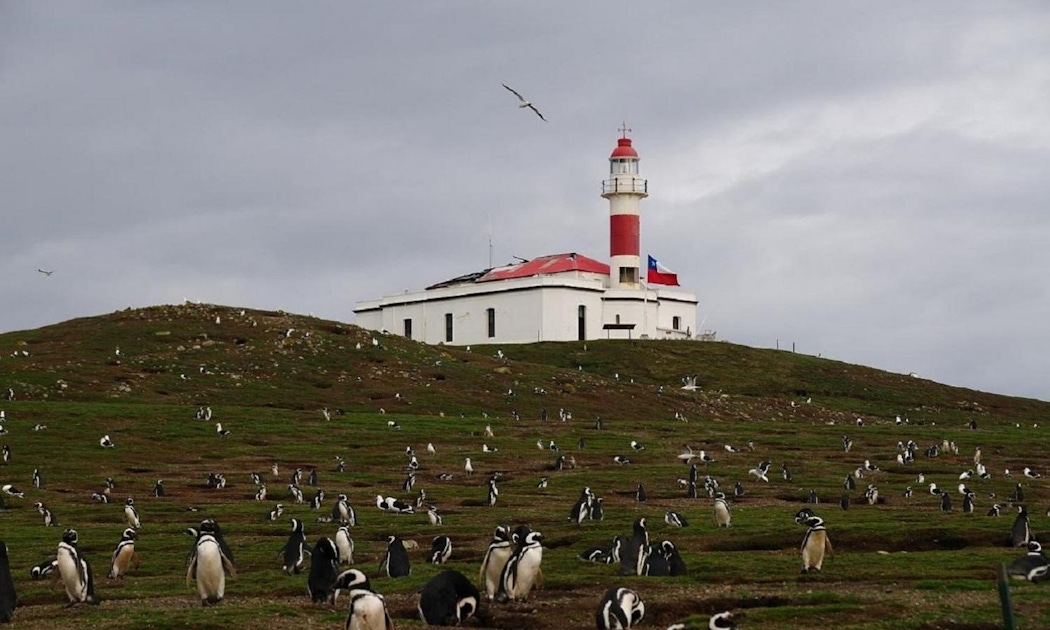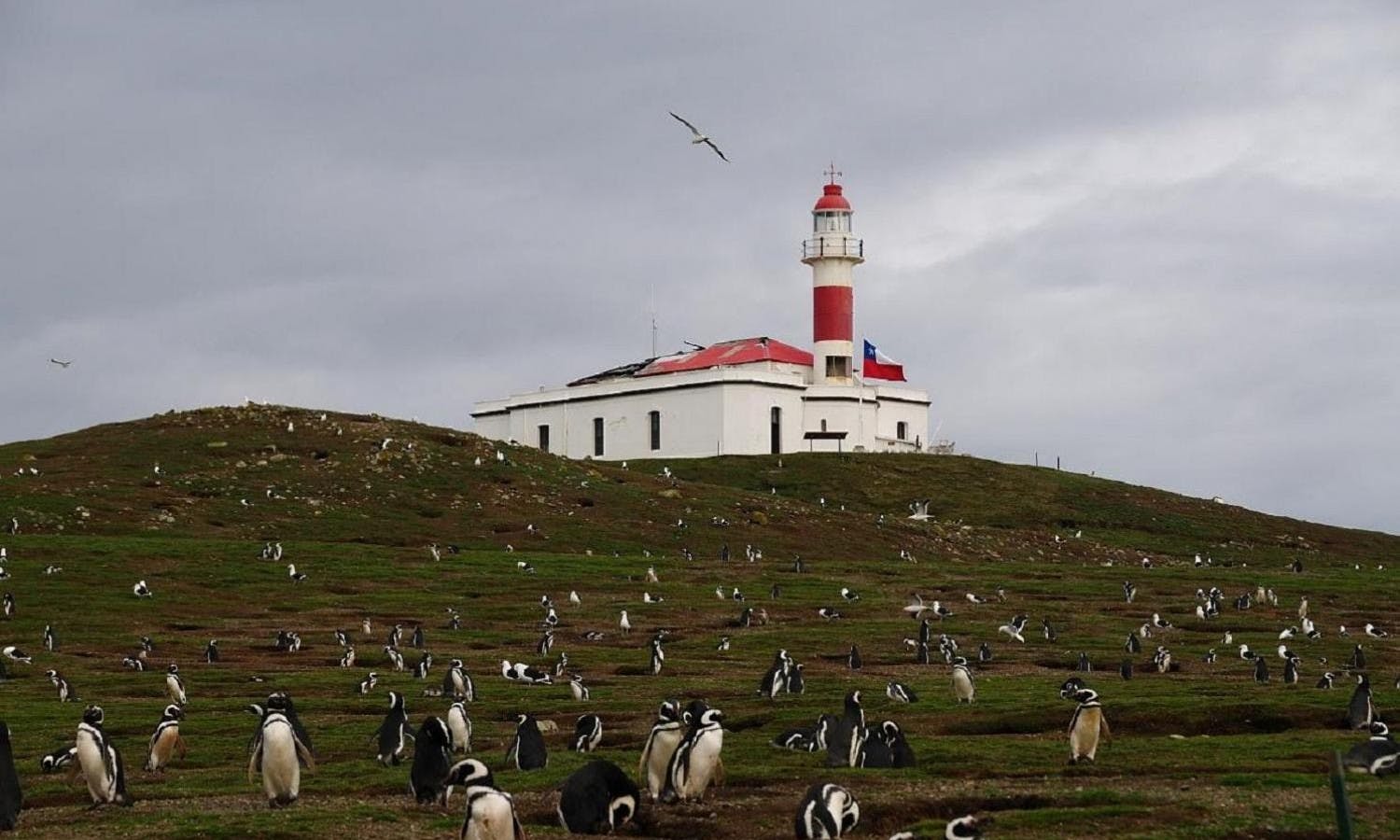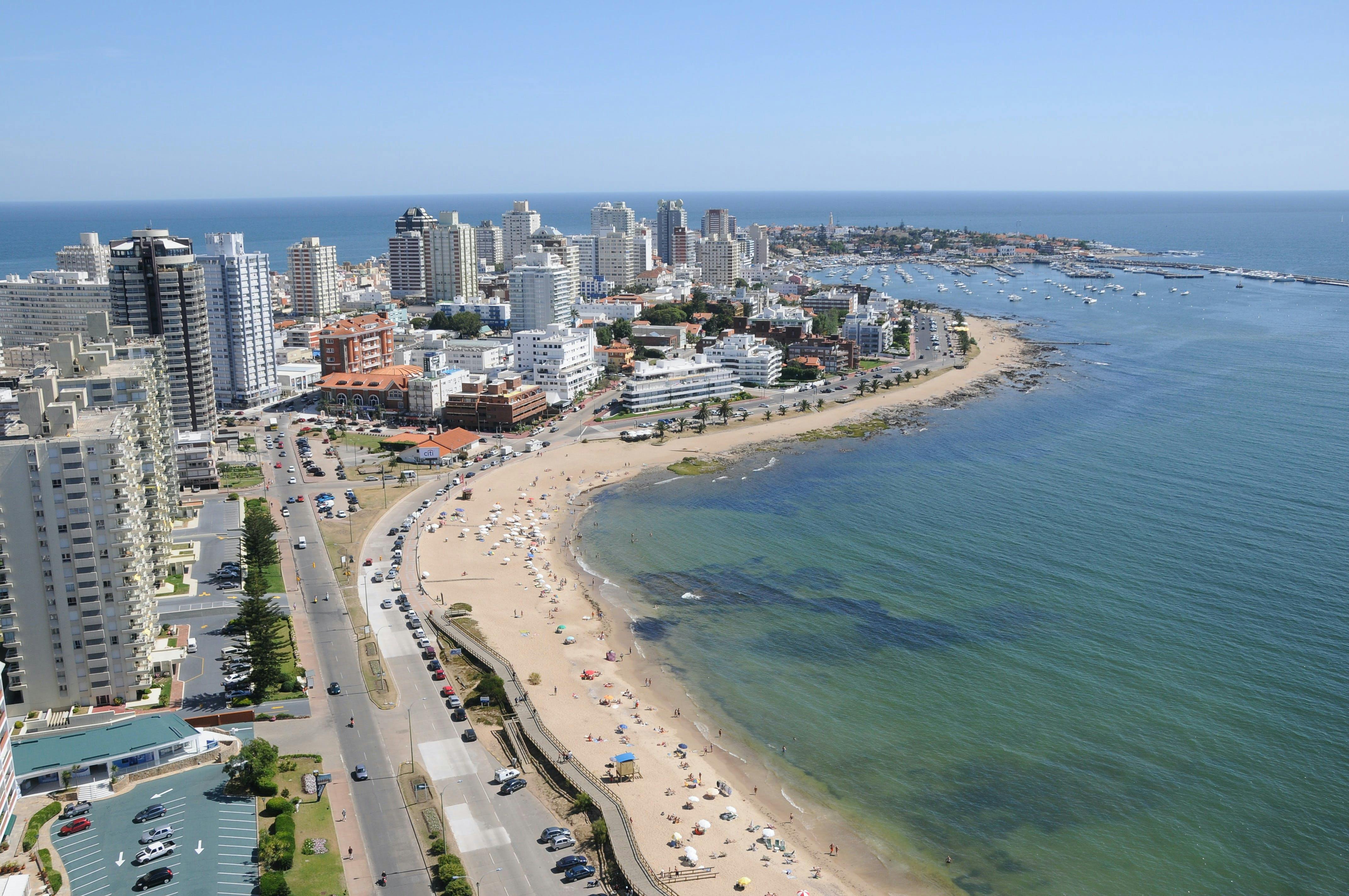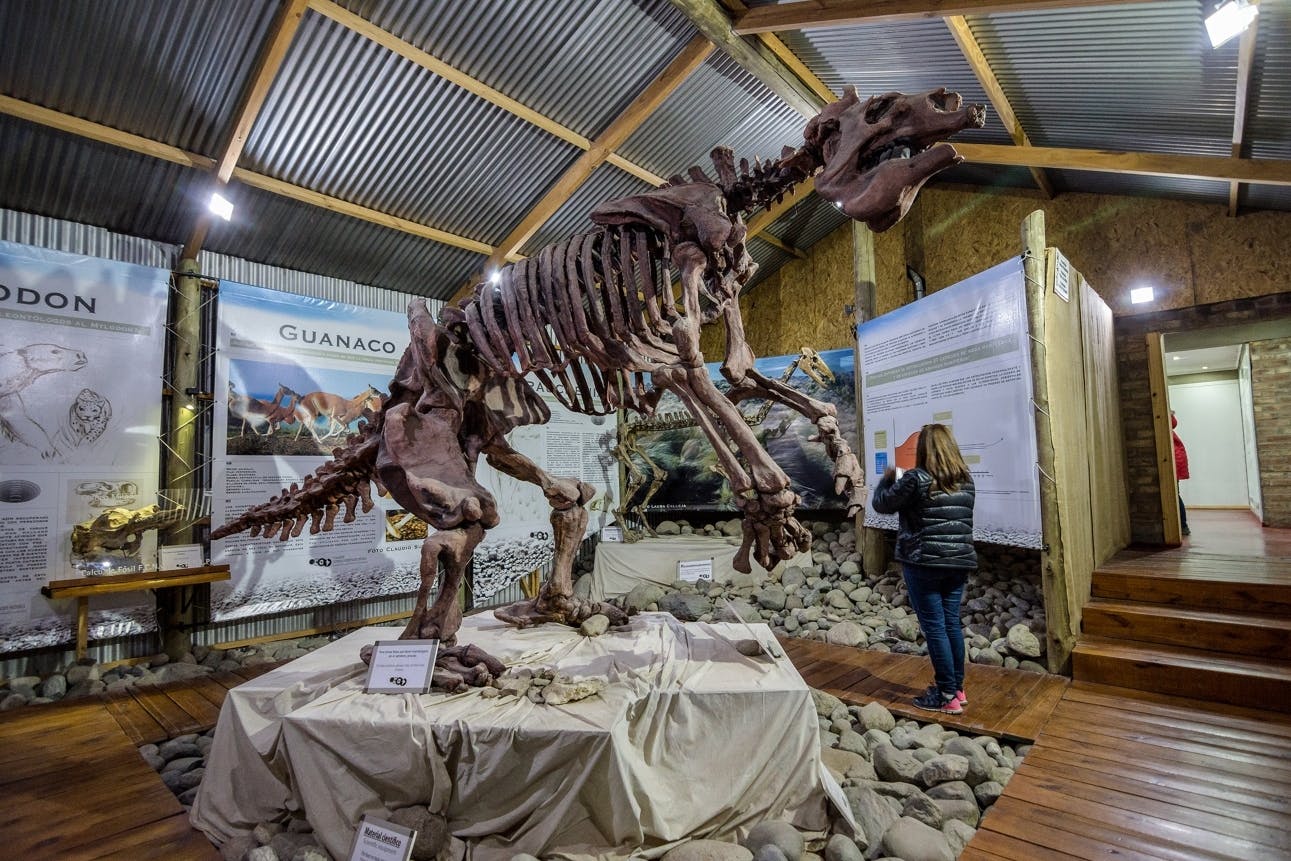On the windswept shores of the Strait of Magellan, Punta Arenas is a city where adventure meets the edge of the world. As the southernmost city of Chile, it serves as a vibrant gateway to the untouched wilderness of Southern Patagonia and the icy expanse of Antarctica. This remote outpost, with its rich history, captivating landscapes, and unique location, has become a magnet for intrepid travelers seeking to explore some of the most pristine environments on Earth. Whether you are drawn by the call of the wild, the intrigue of Antarctic expeditions, or the desire to immerse yourself in the rich cultural tapestry of Patagonia, Punta Arenas is where your journey begins.
A City at the End of the Earth
Punta Arenas is often referred to as the “city at the end of the earth” due to its unique position at the southern tip of Chile. Located on the banks of the historic Strait of Magellan, this city has long been a critical maritime waypoint, connecting the Atlantic and Pacific Oceans. Established in the mid-19th century, Punta Arenas quickly grew into a bustling hub for global trade and exploration. Today, it retains its status as a vital point for seafaring vessels and adventurous souls venturing into the icy unknown. The city’s strategic location has bestowed it with a rich maritime heritage, making it a fascinating destination for history enthusiasts and adventure seekers alike.
A Gateway to Southern Patagonia
For many, Punta Arenas is the starting point for exploring the dramatic landscapes of Southern Patagonia. This region is renowned for its rugged beauty, characterized by towering mountains, vast glaciers, crystal-clear lakes, and endless grasslands. One of the most popular excursions from Punta Arenas is a visit to the famed Torres del Paine National Park. Located just a few hours north, this UNESCO World Biosphere Reserve is considered one of the crown jewels of Chilean Patagonia. Here, visitors can embark on challenging treks, such as the iconic W Circuit, or take in the breathtaking vistas of the Paine Massif, with its distinctive granite spires piercing the sky.
But Punta Arenas offers more than just a jumping-off point to Torres del Paine. The surrounding Magallanes region boasts a wealth of natural wonders, from the penguin colonies on Isla Magdalena to the ethereal beauty of Tierra del Fuego. Isla Magdalena, in particular, is a must-see for wildlife enthusiasts. A short boat ride from Punta Arenas takes you to this protected island, home to over 120,000 Magellanic penguins. Visitors can stroll along designated paths, watching these charming birds waddle along the beaches, dig burrows, and interact with their mates in their natural habitat. It’s an unforgettable wildlife experience that brings you up close and personal with one of Patagonia’s most beloved inhabitants.
The Antarctic Connection
Beyond its role as a gateway to Patagonia, Punta Arenas is also a pivotal departure point for expeditions to Antarctica. As one of the few cities with direct access to the White Continent, it serves as a logistical hub for both scientific missions and tourism. The city’s proximity to Antarctica makes it an ideal launching pad for travelers eager to embark on a once-in-a-lifetime journey to the world’s southernmost frontier. Several tour operators in Punta Arenas offer fly-cruise options, where travelers fly to King George Island, bypassing the often-turbulent Drake Passage, and board a ship to explore the Antarctic Peninsula. This approach provides a more comfortable and time-efficient way to experience the awe-inspiring landscapes of Antarctica, from its towering icebergs and glacial cliffs to its colonies of seals, penguins, and seabirds.
The City’s Historic and Cultural Richness
While the natural attractions surrounding Punta Arenas are undeniably captivating, the city itself offers a wealth of experiences. Steeped in history, Punta Arenas reflects a blend of indigenous heritage, European influence, and frontier spirit. A walk through its streets reveals stately mansions and historic buildings, a testament to its prosperous past during the wool boom of the late 19th and early 20th centuries. The Palacio Sara Braun, now a national monument, is a prime example of this era’s opulence and is open to visitors seeking a glimpse into the city’s storied past.
The Museo Regional de Magallanes is another must-visit, offering an in-depth look at the region’s history, from its indigenous roots to the era of European exploration and colonization. For a deeper understanding of the indigenous Selk’nam, Yaghan, and Kawésqar peoples who have called this region home for thousands of years, a visit to the Nao Victoria Museum is highly recommended. Here, a full-size replica of Ferdinand Magellan’s ship, the Nao Victoria, allows visitors to step back in time to the Age of Exploration and appreciate the daring spirit that has always defined this part of the world.
The Magic of the Strait of Magellan
The Strait of Magellan itself is a constant reminder of the city’s unique geographical significance. This natural channel, first navigated by Ferdinand Magellan in 1520, has played a crucial role in maritime history, serving as a critical passage for ships before the construction of the Panama Canal. Today, the waters of the Strait continue to be plied by vessels, but they also offer opportunities for scenic boat tours, kayaking, and wildlife watching. Travelers can embark on a maritime adventure to explore the fjords and channels, watching as dolphins leap in the waves and seabirds soar overhead against a backdrop of snow-capped peaks and rugged coastlines.
Conclusion
Punta Arenas is more than just a city at the end of the world; it’s a vibrant portal to the wonders of Southern Patagonia and the frozen expanses of Antarctica. Its unique location on the Strait of Magellan, its rich history, and its proximity to some of the most extraordinary landscapes on Earth make it an unforgettable destination. Whether you’re drawn to the thrill of adventure, the allure of untouched nature, or the deep currents of history and culture, Punta Arenas promises a journey unlike any other.
